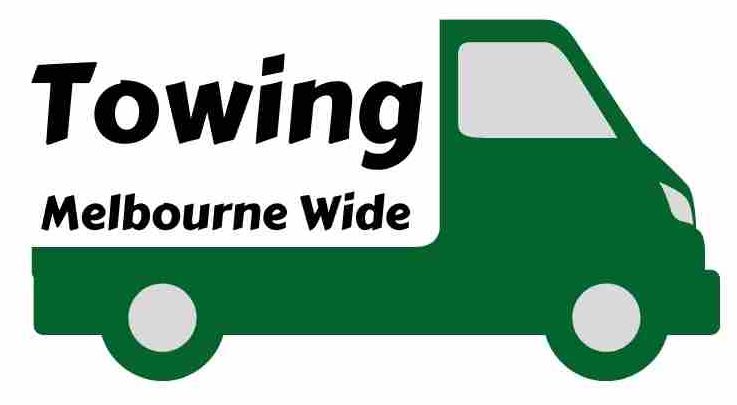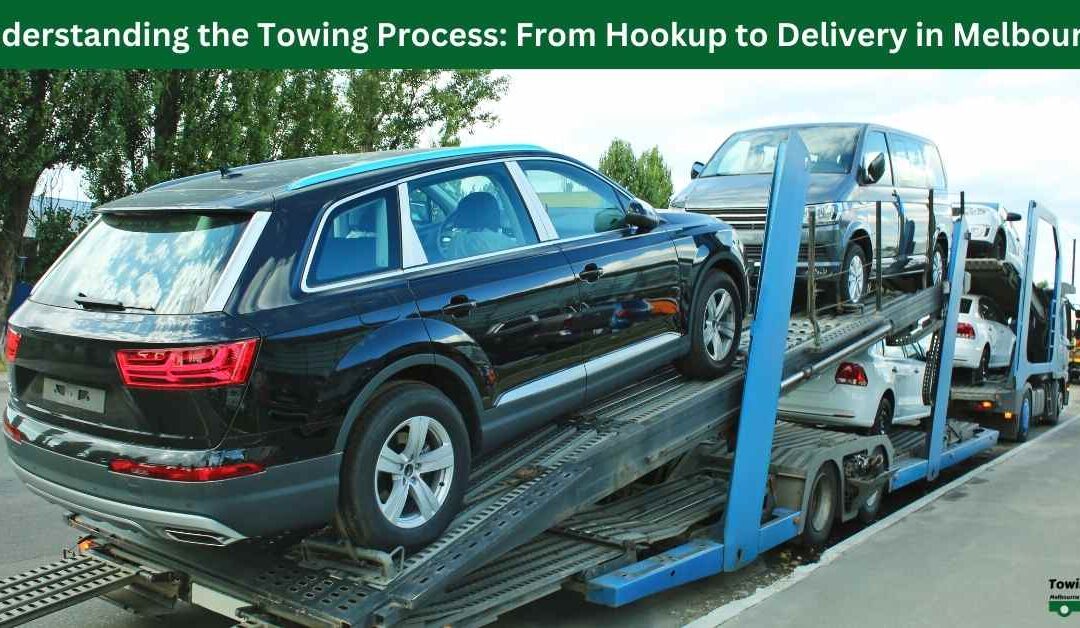Towing is a common service in Melbourne, whether it’s for roadside assistance, vehicle recovery, or transporting a vehicle from one location to another. While many people have experienced the need for towing, not everyone understands the intricacies of the towing process. In this article, we’ll provide you with a comprehensive overview of the towing process, from hookup to delivery, shedding light on how professionals like Towing Melbourne Wide ensure a safe and efficient towing experience.
1. Dispatch and Response
The towing process typically begins when you request a tow truck’s services. Whether it’s due to a breakdown, accident, or the need to move a vehicle, a dispatcher will take your information and send a tow truck to your location. Response times can vary based on factors like traffic conditions and the service provider’s availability.
2. Arrival and Assessment
When the tow truck arrives at your location in Melbourne, the driver will assess the situation. They’ll determine the type of tow truck needed based on the vehicle’s size, condition, and location. Different towing methods, such as flatbed towing or wheel-lift towing, may be used depending on the circumstances.
3. Hookup and Securement
Once the tow truck driver has assessed the situation, they will proceed to hook up and secure the vehicle for towing. This involves attaching the necessary equipment, such as chains, straps, or a tow bar, to the vehicle in a way that ensures it remains stable and secure during transit. Care is taken to avoid damaging the vehicle during this process.
4. Vehicle Transportation
With the vehicle securely attached to the tow truck, the towing process can begin. The driver will carefully transport the vehicle to its intended destination, whether it’s a repair shop, your home, or another location in Melbourne. During transit, the driver will take precautions to ensure the vehicle remains stable and protected from road hazards.
5. Safe and Legal Towing Practices
Throughout the towing process, tow truck drivers in Melbourne adhere to strict safety and legal guidelines. They maintain a safe distance from other vehicles, obey traffic laws, and use proper signals and lights to indicate their presence on the road. Towing companies also stay updated on local regulations to ensure they operate within the law.
6. Vehicle Delivery
Upon reaching the destination, the tow truck driver will carefully unload and deliver the vehicle. This step may involve unhooking the vehicle, removing any tow equipment, and ensuring it’s parked securely. If the vehicle is being transported to a repair shop, the driver will work with the shop’s staff to ensure a smooth transition.
7. Payment and Documentation
After the delivery is complete, you’ll typically settle the towing fee with the towing company. Be sure to ask for an itemized invoice, which should include details of the services provided. It’s also essential to keep any towing-related documentation for your records, as you may need it for insurance claims or future reference.
Understanding the towing process from hookup to delivery in Melbourne can help you have a better appreciation for the work that towing professionals do. They play a crucial role in ensuring the safety and efficient transportation of vehicles in various situations. The next time you require towing services, whether for roadside assistance or vehicle relocation, you can approach the situation with a better understanding of how the process works, thanks to the expertise of companies like Towing Melbourne Wide.
Now Towing Melbourne Wide is available in Camberwell Victoria 3124, Australia.
Contact us
Towing Melbourne Wide
4/10 Auburn Grove
Hawthorn East VIC 3123
(03) 9956 1908


Recent Comments